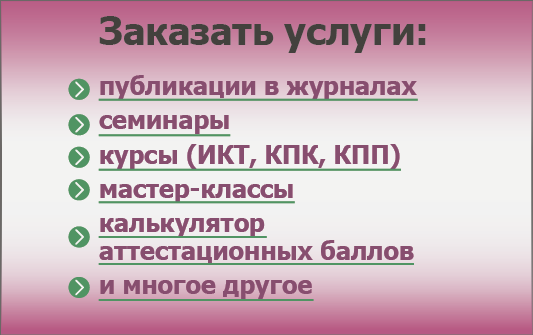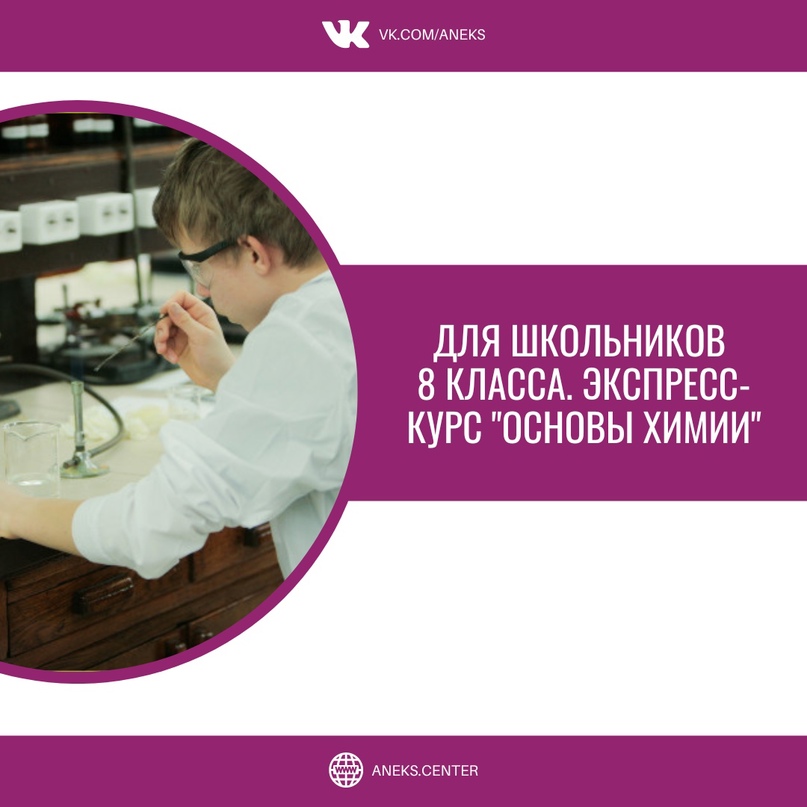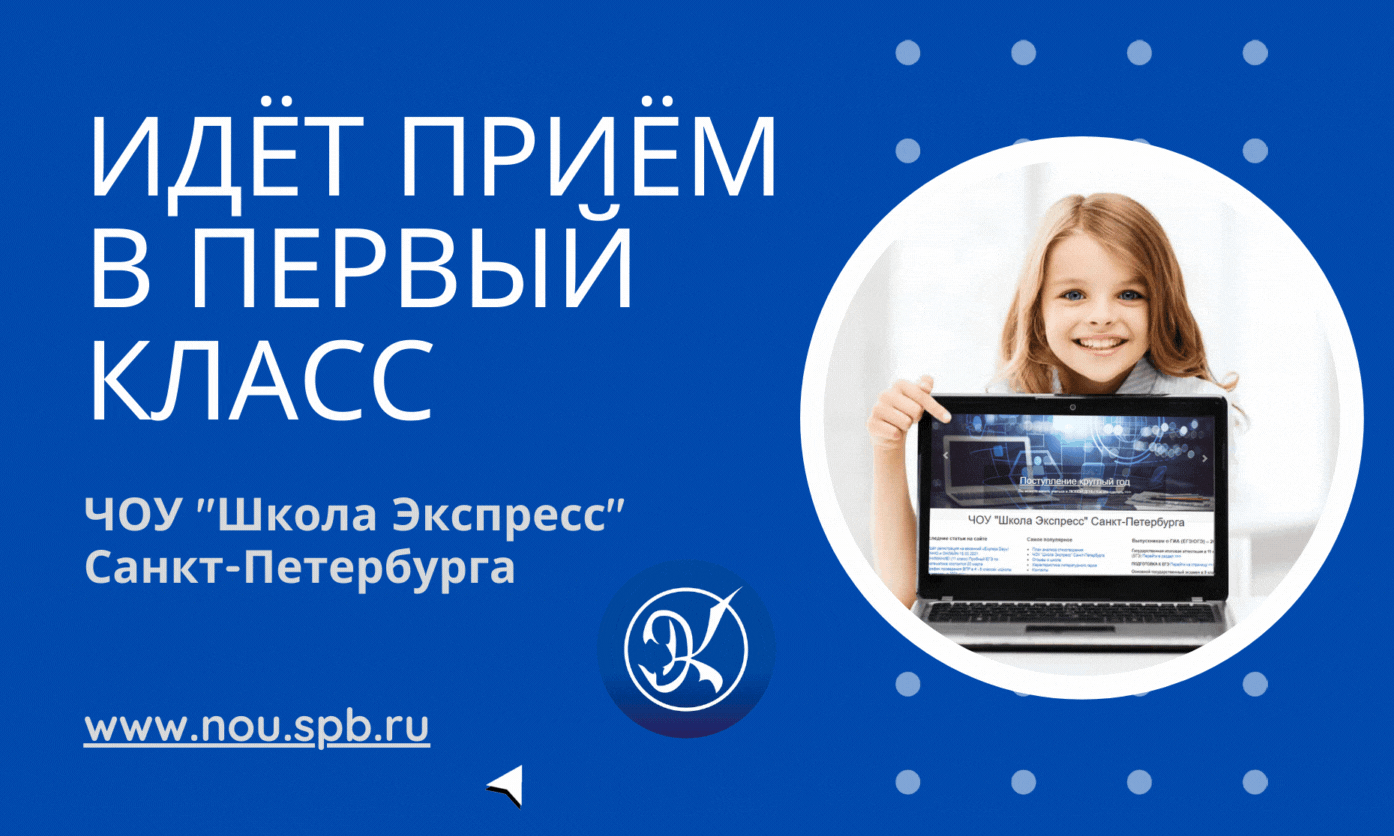Викторина по английскому языку для 8-го класса
St. Petersburg quiz
Степина Надежда Николаевна,
учитель английского языка ГБОУ СОШ №160
Описание работы: Данная разработка будет полезна учителям английского языка. Работа позволяет в виде игрового мероприятия повторить изученный материал по теме «Saint-Petersburg», «My favorite city».учитель английского языка ГБОУ СОШ №160
Цель: Повысить лексический уровень по заданной теме.
Задачи: повышение лексического уровня; повышение эрудированности; развитие логического мышления на иностранном языке; развитие способности принятия самостоятельного решения.
Проведение мероприятия: Время проведения викторины можно обсудить с учащимися, чтобы учащиеся воспринимали данное мероприятие как дополнительное занятие, которое будет им интересно, необходимо создать благоприятный психологический климат, заинтересованность в выполнении предложенных заданий, стремления выполнить эти задания хорошо.
Учащимся предлагается презентация по теме «Saint-Petersburg», после ознакомления с материалами презентации можно обсудить основные исторические моменты, мифы, чтобы поддержать заинтересованность учеников:
Here are just a few of the most popular myths about St. Petersburg. Perhaps y
ou, too, believe in these…
Myth 1: St. Petersburg was named in honor of Peter I
Many people mistakenly believe that St. Petersburg was named after its founder - Peter I. However, this is not the case. The city is named after the patron saint of the first Russian emperor - the Apostle Peter. The desire to name some castle or town in honor of the patron saint of the Russian emperor was long before the founding of St. Petersburg itself. One of the earliest ideas was to erect a fortress on the Don River. If the Azov campaign had been successful, then it would be there, but the campaign ended in failure. A fortress in honor of St. Peter was laid May 16, 1703 on the Neva River and named St. Petersburg. But on June 29 after the laying of the fortress of St. Peter and St. Paul, it was called Peter and Paul, and the old original name of St. Petersburg later spread to the entire city.
Myth 2: The myth of the founding of St. Petersburg
"May 16, 1703 during the inspection of the island of Eni-saari, Peter suddenly stopped and cut out two layers of sod, laid them crosswise and said," Here be the city. "At this time, there was an eagle in the air and began to soar over the king."
In fact, on Hare Island (Russian Zayachy Ostrov, Finnish Eni-saari) was laid not as a city but a fortress. The city later came under its protection at a nearby Birch Island (Russian: Berezovy Ostrov). Some researchers claim that Peter was not present at the laying (as established historians, from 11 to 20 May at the future site of his city did not exist).
Myth 3: St. Petersburg was founded on an uninhabited desert area
This legend has taken root in the minds of Petrograd, which helped a lot from the lines from Pushkin's "The Bronze Horseman": "On the shore of the desert waves." We envision an uninhabited desert area covered with forests and swamps. In fact, the only place in the historic center of the city, there were about forty villages, many of which belonged to Novgorod even before the Swedish occupation. Many of the buildings of the future capital were already inhabited places. On Vasilevsky Island, De la Gardie was a hunting lodge, the site of the Admiralty - the Swedish village, whose name could not be determined, at the mouth of the Fontanka - the village of Cullen (near the Kalinkina village and Kalinkin Bridge), on the site of the Mikhailovsky Castle - Manor channel with extensive landscaped garden (now the Summer Garden) in the Smolny area - Village Spassky. Before the emergence of the city there were settlements whose names have been preserved - Sabirin, Odintsovo, Kukarevo, Maksimovo, Volkov and Kupchino.
Myth 4: The Bronze Horseman is made of copper
"The Bronze Horseman" - a symbol of the city. "The Bronze Horseman - we are all in the vibration of its copper," - said Alexander Blok. However, the material of the monument is not copper, but bronze, and it got its name only after the appearance of the poem by Alexander Pushkin.
Myth 5: Kissing bridge (Russian: Potseluev Most) got its name because of love
Until now, the Kisses Bridge is a place of rendezvous for lovers. So it has been alleged, for a long time. Hence the name, the symbolic thing is that this bridge is not raised, which symbolizes the fact that a loving couple stays together forever. Actually the bridge was named after the merchant Potseluev, who had a restaurant on the left bank of the river embankment, at the corner of the present-day street of Glinka. The tavern was called "The Kiss" (Russian: Potseluy), and therefore, the leading to the tavern bridge was called the Kissing Bridge.
Myth 6: The myth of the origin of the name "Vasilevsky Island"
On the origin of the name "Vasilevsky Island" is also a legend-delusion. It is believed that when Peter on the western tip of the island was strengthening, commanded an artillery captain Vasily Korchmin. Sending orders to him, Peter said: "To Vasily on the island" - hence, supposedly the name. But the name of the island existed before the founding of St. Petersburg. It is mentioned in the 1500 census in the tax books Vodskaya (Vodinskoy) fifths of Veliky Novgorod. At the same time the island had another Finnish name - Moose (Russian: Losiny, Finnish: Hirv-saari). It was here that Peter and suggested to create a center of the city.
Myth 7: Barmaleeva Street is named after the robber Barmaley Tales of Chukovskogo
In fact, it was with "the other way around." KI Chukovskij roamed the city in the early 20's with the artist M. Dobuzhinsky, and they came came across such a strange street name. Of course, the two began to dream about the African born robber Barmalej. Dobuzhinskii immediately drew a portrait of him, whereas Chukovskij wrote a poem. In Russian, the word "barmolit" (old language) meant to speak gibberish. Maybe the word "Barmalej" was the nickname of a person and later became a street name? Or he might as well be a landowner.
Далее, учащиеся самостоятельно индивидуально отвечают на вопросы викторины.
Презентация и викторина во вложении.
На следующем занятии, учитель после проверки результатов викторины объявляет Победителя - Знатока. В качестве приза можно подарить красный зонт, карту и дождевик - основные атрибуты гида. В дальнейшем данный урок можно развивать он-лайн экскурсиями.










